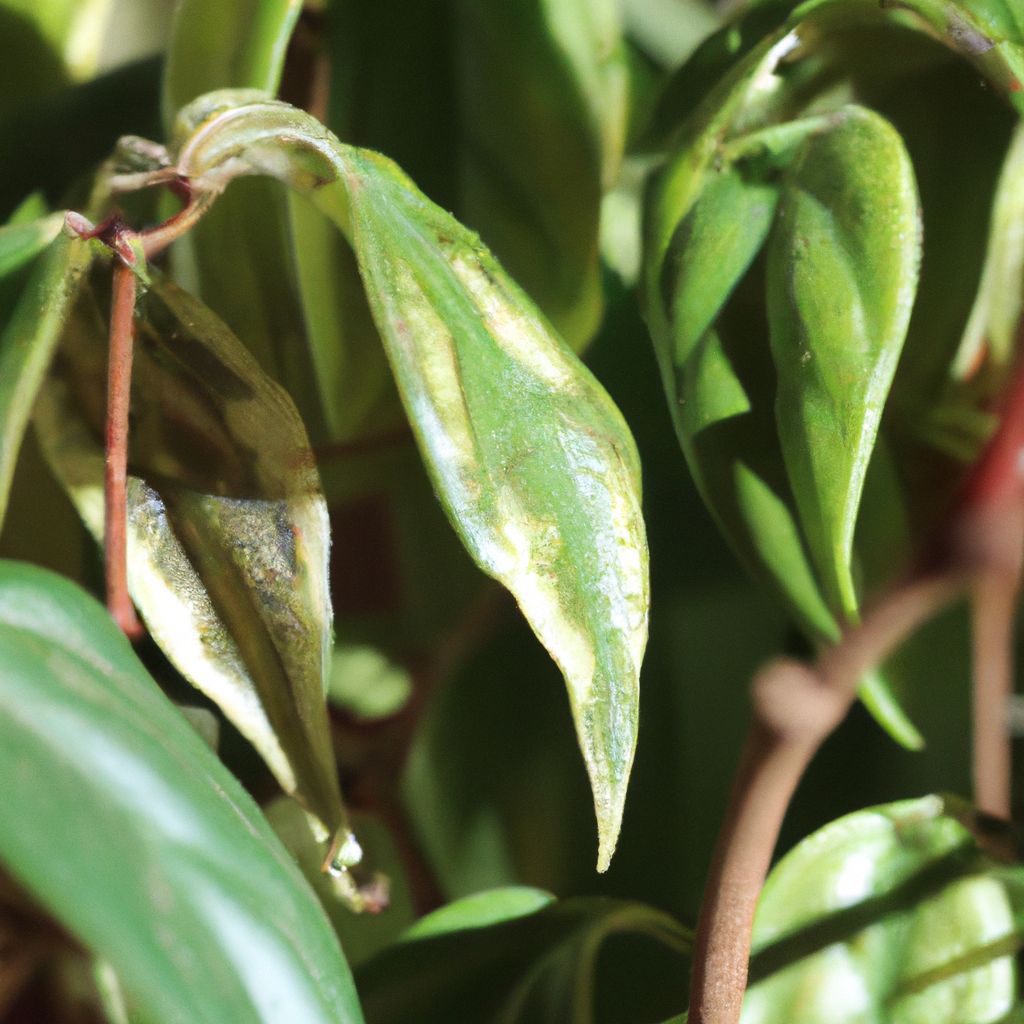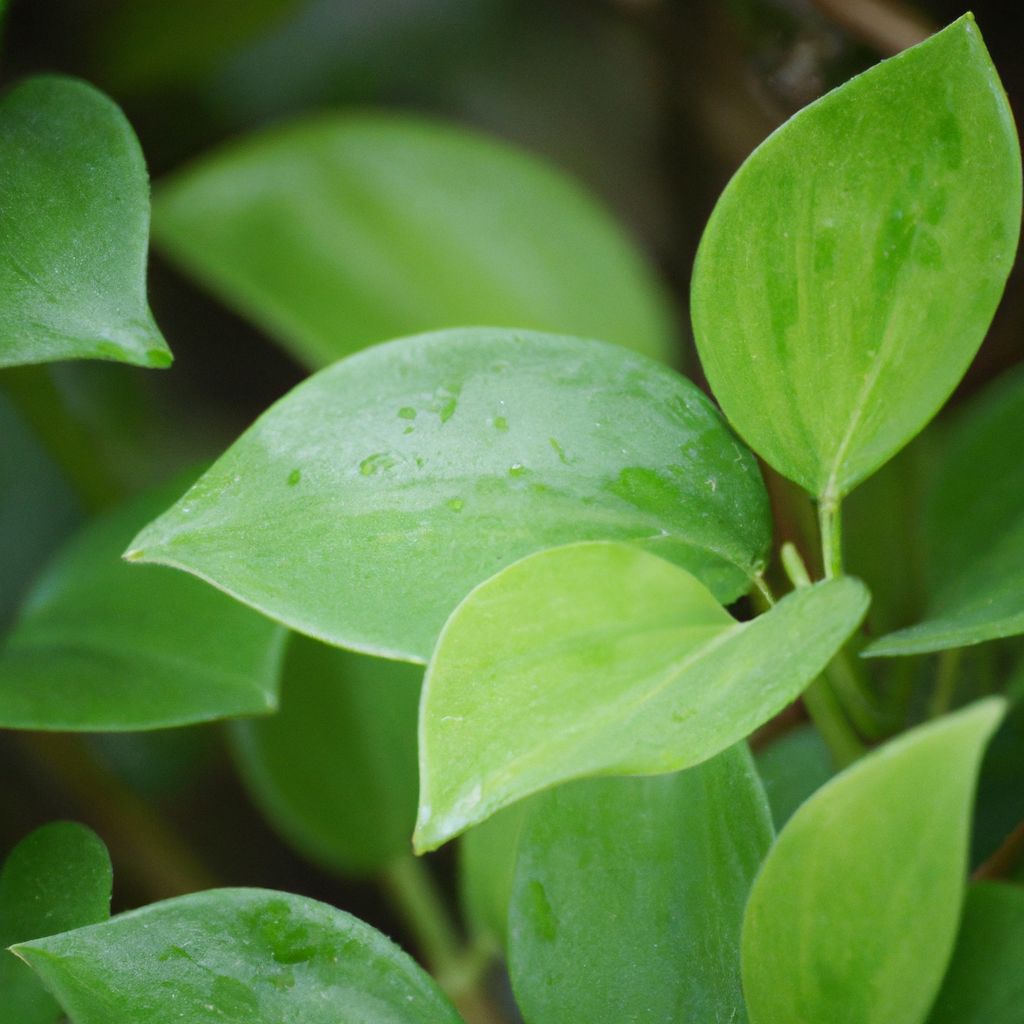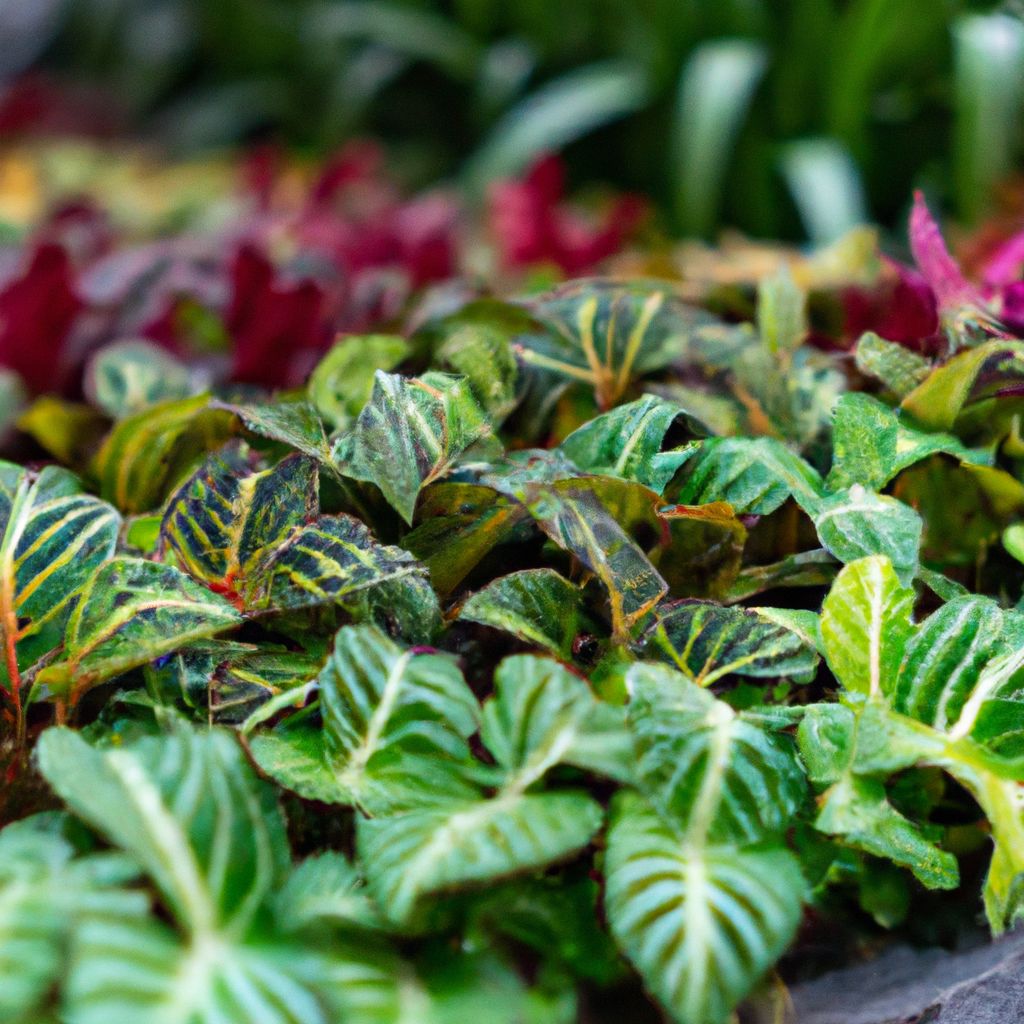Guano fertilizer offers an organic boost of nutrients to invigorate plant growth. Derived from seabird or bat droppings, this natural fertilizer slowly releases essential macro and micronutrients into the soil. With proper application, guano fertilizer can lead to healthier, more productive plants.
What Sets Guano Fertilizer Apart?
Guano fertilizer stands out for its concentrated nutrient profile. As bird and bat droppings accumulate, they decompose into a rich organic material. This breakdown process concentrates vital nutrients like nitrogen, phosphorus, and potassium. When added to soil, guano fertilizer provides a slow-release nutrient source, steadily feeding plants over months.
The natural nutrients in guano enhance soil biology and structure. The organic matter contributes to better moisture retention, drainage, and microbial activity. This creates an optimal environment for dynamic root growth. Guano also increases nutrient availability, ensuring efficient absorption and utilization for robust plant development.
The Nutritional Breakdown
- Nitrogen – Supports healthy leaf and stem growth through protein and enzyme production. Provides the building blocks for plant development.
- Phosphorus – Crucial for root growth, flowering and fruiting. Facilitates energy storage and transfer within the plant.
- Potassium – Boosts overall plant health, fruit quality and disease resistance. Plays key roles in water regulation and nutrient transport.
- Calcium – Strengthens cell structure and regulates plant growth processes and soil pH.
- Magnesium – Central to photosynthesis and enzyme activation. Helps plants deal with stress.
- Sulfur – Promotes nodule formation for nitrogen fixation and protein synthesis.
- Iron – Essential for chlorophyll synthesis and enzyme activities.
- Zinc – Needed for plant growth hormones and metabolism. Bolsters immunity.
This combination of macro and micronutrients makes guano an optimal organic fertilizer. It provides balanced nutrition tailored to the plant’s needs across all growth phases.
Unlocking the Power of Guano Fertilizer
Choosing the right guano and application method, calculating dosage correctly, and applying with care enables you to unlock the full potential of this organic fertilizer for your plants.
Choosing the Right Guano
With so many options available, it’s important to select the right guano type for your needs. Consider the following:
- Nutrient levels – Seek out guano with a nutrient ratio suited to your plants’ growth stage. For example, phosphorus-rich bat guano supports flowering and fruiting.
- Application method – Some guano works best mixed into soil, while others make excellent foliar sprays. Opt for guano that aligns with how you want to apply it.
- Specific plant needs – Certain guano products are tailored to specific plants, like vegetables or fruit trees. Choose one that matches your particular plants.
- Reputable brand – Always opt for guano from ethical, sustainable sources with a track record of quality.
- Customer feedback – Look for guano brands with many positive reviews validating their effectiveness.
By taking these factors into account, you can select the ideal guano product for your gardening needs.

Finding the Best Application Method
The ideal application method depends on the specific guano type you are using, your goals, and the needs of your plants. Consider these common guano application techniques:
- Mixing into soil – Blending guano through the soil provides an even distribution of nutrients accessible to plant roots. This works well at planting time.
- Topdressing – Applying a layer of guano fertilizer atop the soil targets established plants with existing root systems. The nutrients slowly reach deeper roots.
- Foliar application – Spraying a guano solution directly on leaves gives plants a quick nutrient boost that addresses deficiencies rapidly.
- Soil drenching – Mixing guano with water and pouring onto soil saturates the root zone, delivering nutrients right where they are needed.
- Composting – Adding guano to compost piles introduces nutrients as the compost enriches garden beds over time.
Follow instructions from the guano manufacturer and observe your plants’ response to determine the best application method for your needs. Consider mixing approaches for maximum benefit.
Calculating the Optimal Dosage
Getting the guano fertilizer dosage right is crucial – too much can damage plants while too little limits potential benefits. Consider these factors when calculating optimal dosage:
- Plant type – Leafy greens, root crops, flowers and trees have different needs. Follow recommendations for specific plants.
- Growth stage – Young seedlings need less than mature, fruiting plants. Adjust dosages accordingly.
- Soil conditions – Lean soil requires more guano than nutrient-rich soil to reach optimal levels.
- Application method – More guano is needed when mixed into soil vs foliar feeding, for example.
- Manufacturer guidance – Packages detail ideal dosages – stay within recommended ranges.
Start with a low dosage and slowly increase based on plant response and testing. It’s easier to add more guano than try to correct over-fertilization issues. Regular monitoring enables making informed dosage adjustments.
Applying with Care
Follow these tips for careful guano fertilizer application:
- Use protective gear like gloves when handling guano to prevent skin irritation. The dry material can be dusty.
- Distribute guano evenly around plants, taking care to keep it off leaves to prevent burning.
- Water plants after guano application to help absorb nutrients by moving them into the soil and root zone.
- Store guano properly in a cool, dry place to maintain its potency and efficacy over time. Moisture can impact nutrient content.
- Monitor how plants respond and modify the fertilizer frequency and amount as needed. More mature plants likely need more frequent guano feeds.
- Account for environmental conditions like rainfall and temperature that affect nutrient release and availability. Adjust accordingly.
With attentive, careful application techniques, guano fertilizer will reward your plants with vibrant growth.
Adjusting Course for Optimal Growth
Vigilance is vital when using any fertilizer, guano included. Monitor plants closely and make proactive adjustments to ensure optimal nutrition and growth.
- Check plants routinely – Look for visual signs of excess or deficient nutrients, like yellowing leaves or stunted growth.
- Monitor soil pH – Test pH regularly. Guano thrives in slightly acidic soil between 6-7 pH. Alter pH if needed.
- Track growth changes – Note differences in size, color, leaf development that can indicate imbalances.
- Conduct soil testing – Periodic tests help determine precisely which nutrients the soil lacks or contains excessively.
- Adapt guano dosage – Increase or reduce amount based on results to achieve the right nutrient levels.
- Modify timing – Adjust frequency of guano applications to sync with plant needs.
- Tweak watering schedule – Ensure moisture complements the guano fertilizer for optimal nutrient uptake.
With continual adjustments informed by observation and testing, plants will get the precise nutrition they require to reach their full potential.

Don’t Let Misconceptions Stop You
Despite rumors, guano fertilizer is actually beneficial for a wide variety of plants when used properly. Here are some common misconceptions debunked:
- Misconception: Guano fertilizer is not good for plants. Fact: When used correctly, guano provides an effective organic nutrient boost.
- Misconception: Guano fertilizer smells unpleasant. Fact: Any odor dissipates rapidly once worked into the soil. The benefits outweigh temporary scent.
- Misconception: Guano can only be used for certain plants. Fact: Guano serves as excellent fertilizer for vegetables, flowers, fruits, trees, and more.
- Misconception: Guano fertilizer is difficult to use. Fact: By following package instructions, guano is easy to apply and incorporate into your fertilizing routine.
Do your homework to understand how to leverage guano safely and effectively. With proper use, guano’s advantages will become readily apparent.
Use Guano Fertilizer to Unlock Your Garden’s Potential
Guano fertilizer’s concentrated nutritional profile can transform your garden’s health and productivity. By selecting the ideal guano, calculating the right dosage, applying properly, and making adjustments based on plant needs, you can maximize the benefits of this organic wonder. Give your plants the nourishment they crave and unlock the full potential of your garden with guano fertilizer.
Frequently Asked Questions About Guano Fertilizer
Still have questions about leveraging the power of guano for your plants? These answers to commonly asked questions can help:
What exactly is bat guano fertilizer?
Bat guano fertilizer comes from the dried droppings of bats. As bats eat insects and fruit, the nutrients pass through their systems. The resulting guano becomes concentrated with essential elements like nitrogen, phosphorus and potassium that are vital to plant growth. This makes bat guano an organic fertilizer rich in nutrients plants need.
How long does bat guano fertilizer release nutrients?
One of the benefits of bat guano fertilizer is its slow release of nutrients over an extended period. Unlike synthetic fertilizers that deliver a quick nutrient spike, bat guano releases nutrients gradually over a period of three to four months. This provides plants with a steady supply of nourishment for sustained healthy development.
Can bat guano fertilizer be used in irrigation systems?
No, bat guano is too thick and dense to be distributed effectively through irrigation systems. It can clog components of the irrigation system. Bat guano fertilizer is better applied directly to soil by mixing into the top layer or sprinkling around plants. The nutrients will be absorbed by the roots and foliage to fertilize your plants.
Is there a risk of nutrient burn with bat guano?
Yes, as with any fertilizer, there is potential for nutrient burn if too much bat guano is applied. Bat guano is highly concentrated, so it’s important to follow dosage guidelines carefully. Exceeding recommendations can lead to over-fertilization, resulting in dried, browned leaf tips or margins indicative of nutrient burn. Start conservatively and increase slowly.
How can bat guano control nematodes?
The beneficial bacteria and fungi found in bat guano help break down organic matter and release compounds that are naturally toxic to nematodes and other soil-borne pests. Using bat guano as a soil amendment introduces these organic-matter decomposing microbes, helping suppress plant-damaging nematodes.
What fertilizer alternatives work similarly to bat guano?
If bat guano is unavailable, alternatives like bone meal, blood meal, alfalfa meal, fish emulsion, and even high-quality compost can provide organic nutrients to plants. These contain different ratios, so you may need to use a blend to match bat guano’s typical nitrogen-phosphorus-potassium ratios.
What are the different types of guano fertilizer?
There are two main types of guano fertilizer – seabird guano and bat guano. Seabird guano comes from bird droppings, while bat guano comes from bats. Within these categories, the nutrient ratios can vary based on the birds’ or bats’ diets. Some key types include:
- Peruvian seabird guano – High nitrogen
- Mexican bat guano – Higher phosphorus
- Indonesian bat guano – Balanced NPK ratio
- Jamaican bat guano – High potassium
How does the nutrient content of guano compare to synthetic fertilizers?
Guano fertilizer has higher overall nutrient levels compared to most synthetic fertilizers. On average, bat guano contains about 10% nitrogen, 3% phosphorus, and 1% potassium. Some synthetic fertilizers may contain higher percentages of specific macronutrients, but guano also contains many beneficial micronutrients not found in synthetic options. The broad spectrum nutrition of guano makes it very effective.
What precautions should be taken when handling guano fertilizer?
- Wear gloves and protective clothing to avoid direct skin contact
- Avoid inhaling guano dust by wearing a face mask
- Wash hands after handling guano
- Prevent guano from contacting eyes or mouth
- Store guano securely away from pets and children
- Mix and apply guano in well-ventilated areas
- Use care when applying to avoid foliage contact
- Follow all safety directions from the manufacturer
How soon before harvesting can guano fertilizer be applied?
Guano fertilizer should not be applied immediately before harvest, especially for fruits and vegetables. Allow at least 1-2 weeks between guano application and harvesting to allow proper absorption and breakdown into the soil. Check with the guano manufacturer for any specific pre-harvest interval guidance. Planning guano applications around harvest schedules prevents any risk of food crop contamination.
What factors impact the effectiveness of guano as a fertilizer?
Several key factors play a role in how well guano fertilizer works:
- Soil pH – Guano prefers slightly acidic soil in the 6.0-7.0 pH range. Alkaline soils above 7.5 pH reduce efficacy.
- Moisture – Guano requires moisture to properly break down and release nutrients. Low soil moisture limits its effectiveness.
- Soil life – Beneficial microbes are needed to facilitate the conversion of guano nutrients into plant-available forms.
- Temperature – Cool weather slows guano’s nutrient conversion process. Warm conditions enhance its performance.
- Overapplication – Excess guano can burn plants and hamper growth. Moderation is key.
- Application method – Incorporating vs topdressing guano impacts nutrient release rates and plant availability.
What signs indicate a guano fertilizer deficiency in plants?
If plants lack adequate nutrients from guano fertilizer, some deficiency signs to look for include:
- Stunted or reduced growth
- Pale or yellowed leaves
- Brown leaf tips or margins
- Poor flowering and fruiting
- Weak stems
- Wilting or drooping leaves
- Susceptibility to pests/disease
Deficiencies mean the guano dosage likely needs to be increased or applied more frequently to provide sufficient nutrition.
How long does the fertilizing effect of guano last?
With proper application, guano fertilizer provides nutrients to plants for 3-4 months. The slow breakdown of guano leads to a steady release of nitrogen, phosphorus, potassium and micronutrients over an extended period. This longevity makes guano an efficient fertilizer. Once depleted, reapplication is needed to continue providing nutrients to plants long-term. Time applications to coincide with key plant growth phases for optimal effect.
















































